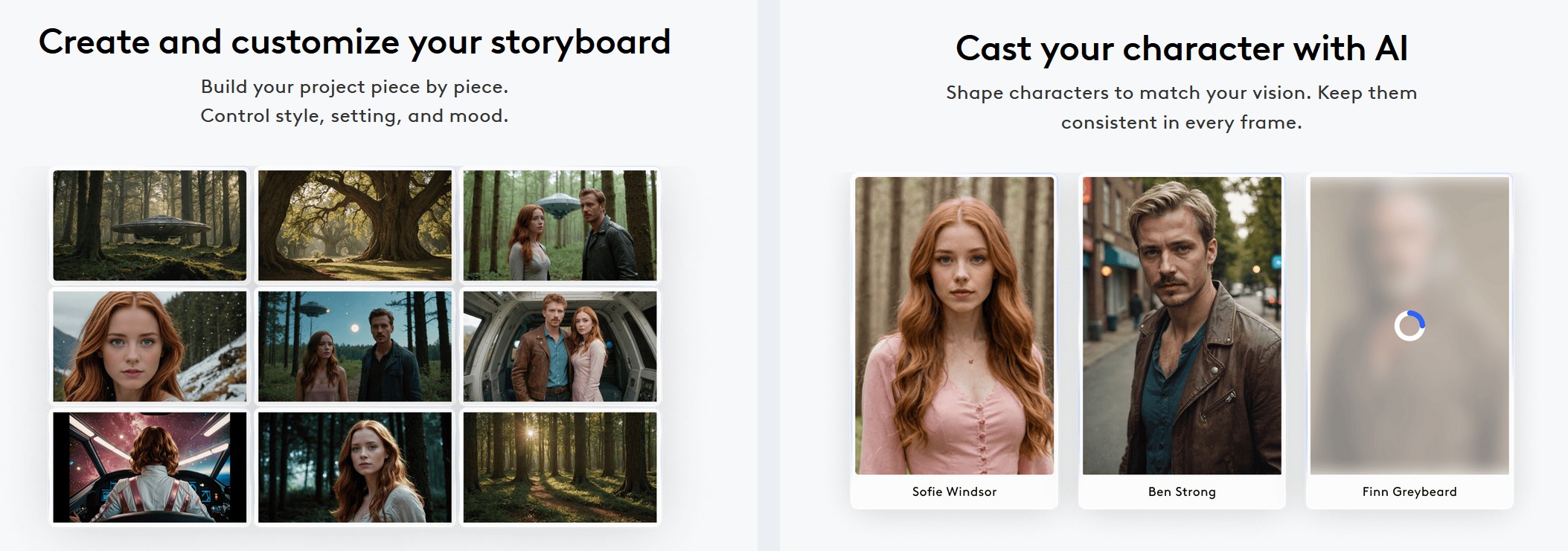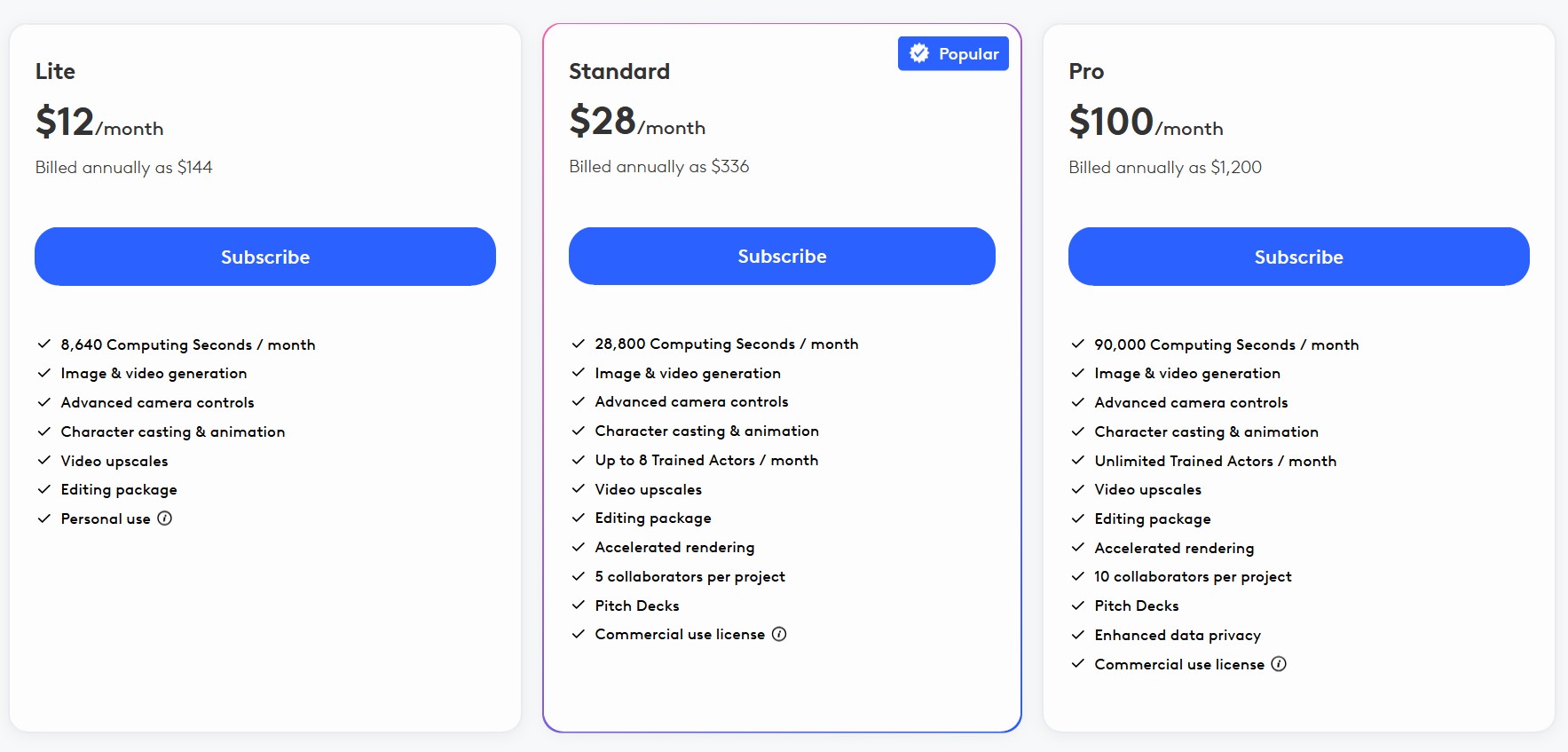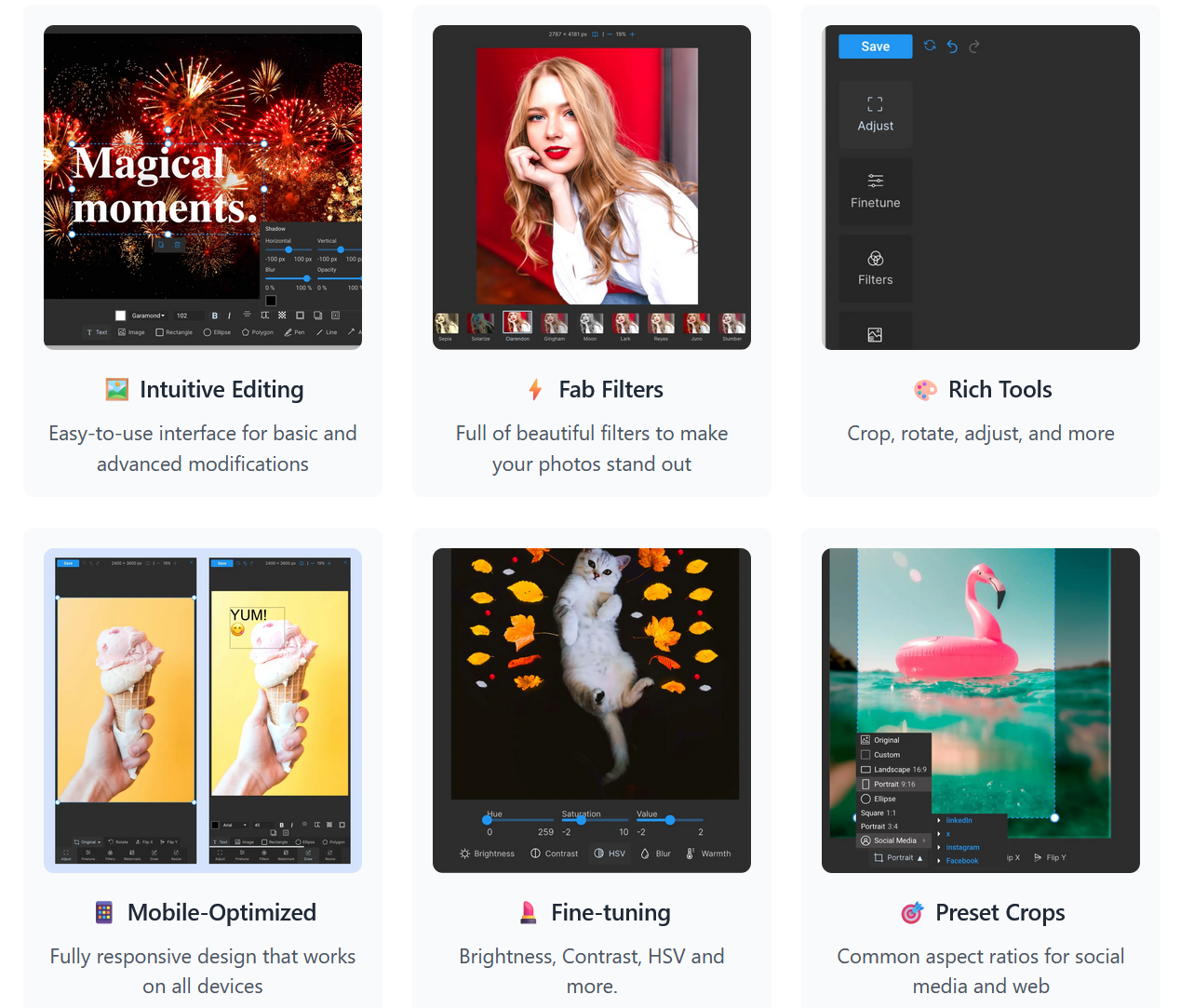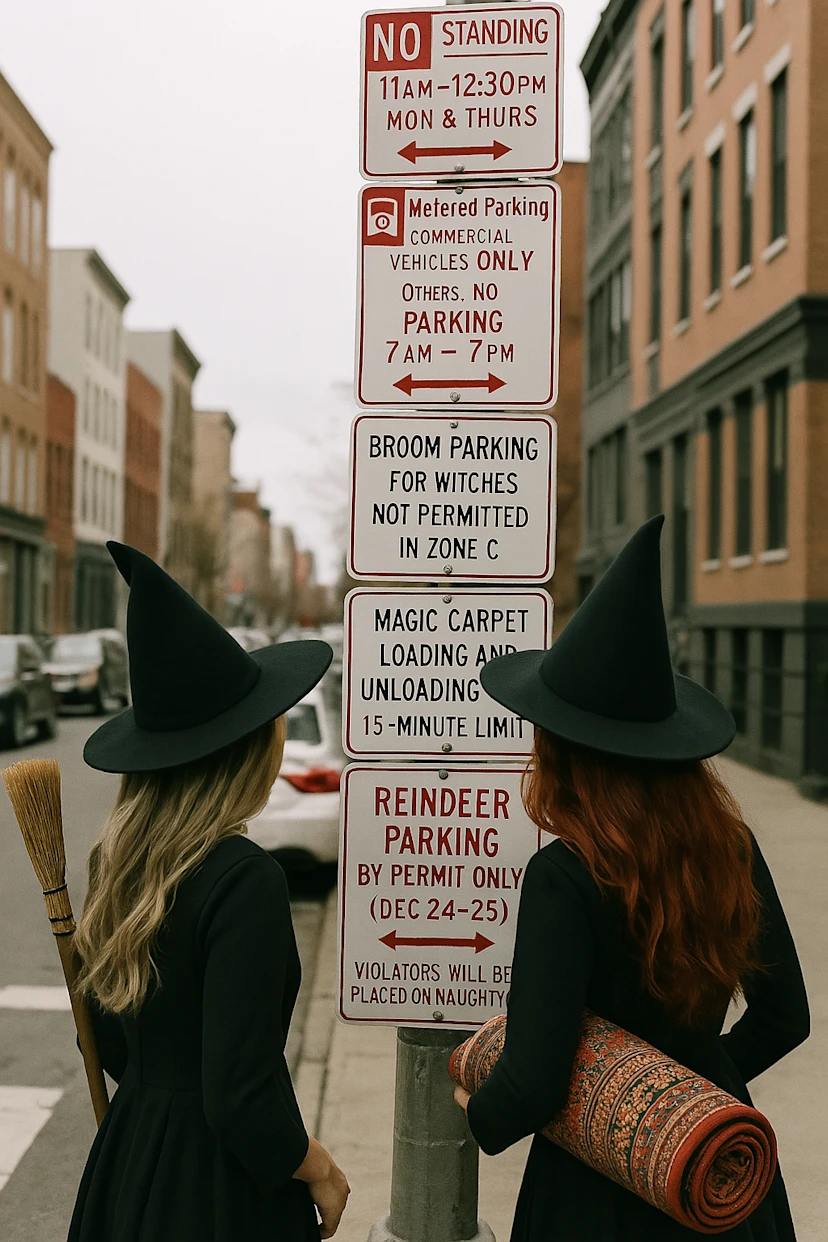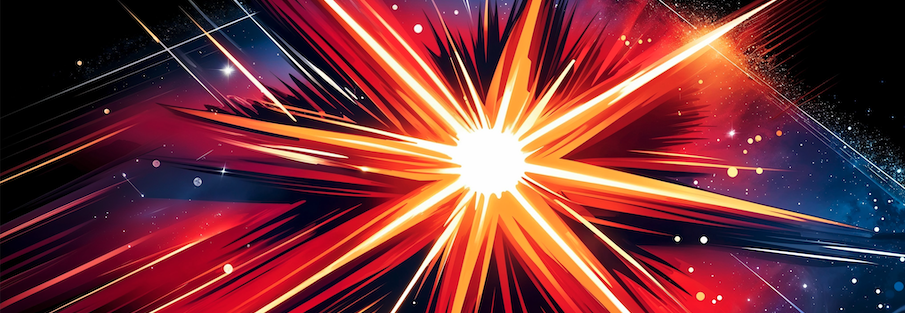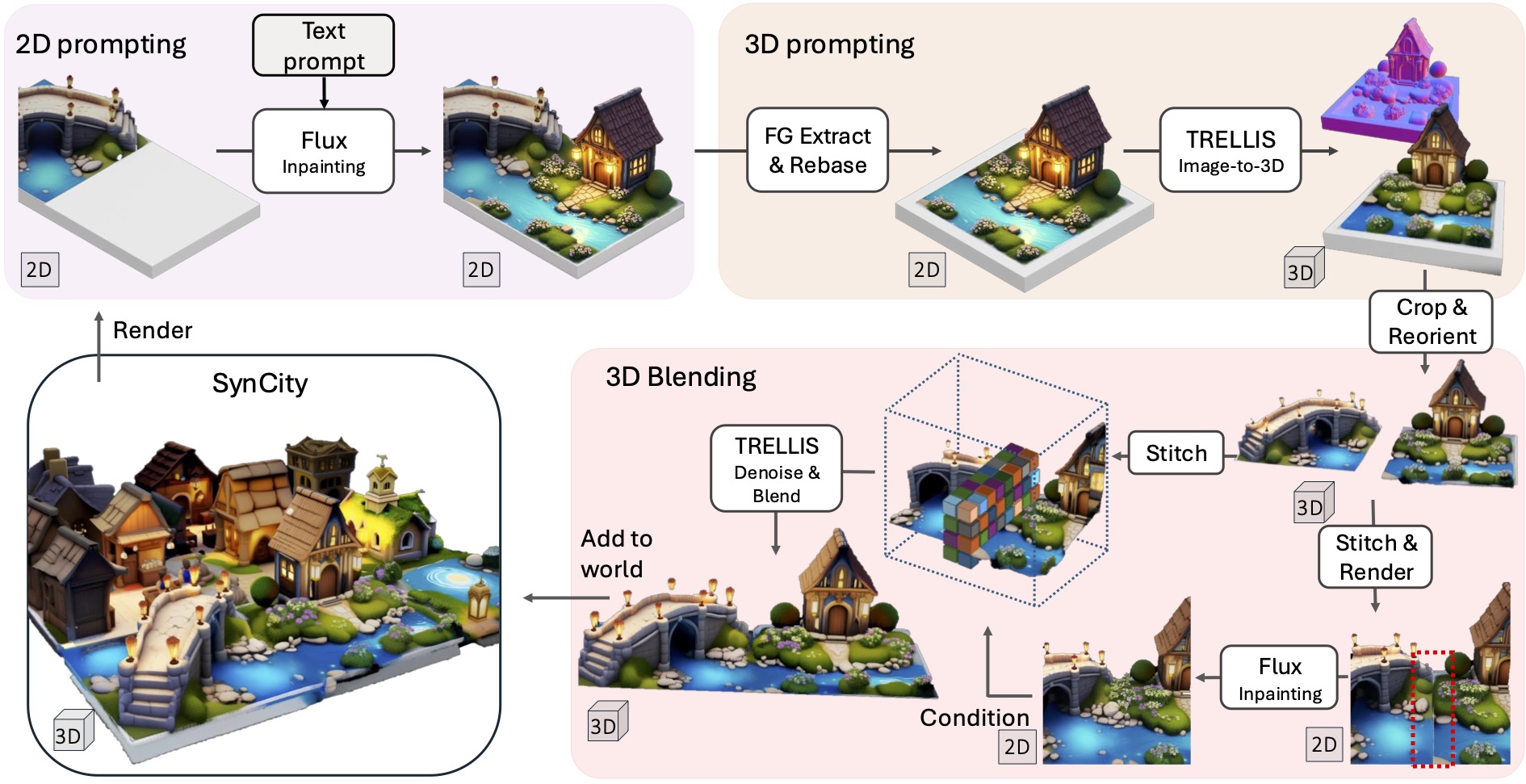BREAKING NEWS
LATEST POSTS
-
Bennett Waisbren – ChatGPT 4 video generation
1. Rankin/Bass – That nostalgic stop-motion look like Rudolph the Red-Nosed Reindeer. Cozy and janky.
2. Don Bluth – Lavish hand-drawn fantasy. Lush lighting, expressive eyes, dramatic weight.
3. Fleischer Studios – 1930s rubber-hose style, like Betty Boop and Popeye. Surreal, bouncy, jazz-age energy.
4. Pixar – Clean, subtle facial animation, warm lighting, and impeccable shot composition.
5. Toei Animation (Classic Era) – Foundation of mainstream anime. Big eyes, clean lines, iconic nostalgia.
6. Cow and Chicken / Cartoon Network Gross-Out – Elastic, grotesque, hyper-exaggerated. Ugly-cute characters, zoom-ins on feet and meat, lowbrow chaos.
7. Max Fleischer’s Superman – Retro-futurist noir from the ’40s, bold shadows and heroic lighting.
8. Sylvain Chomet – French surrealist like The Triplets of Belleville. Slender, elongated, moody weirdness. -
GIMP 3.0 review – 20 years on from 2.0, has GIMP kept up with the times?
https://www.gimp.org/release-notes/gimp-3.0.html
Highlights
- Need to tweak a filter you applied hours ago? New in GIMP 3.0 is non-destructive editing for most commonly-used filters. See the changes in real time with on-canvas preview.
- Exchange files with more applications, including BC7 DDS files as well as better PSD export and many new formats.
- Don’t know how big to make your drawing? Simply set your paint tool to expand layers automatically as needed.
- Making pro-quality text got easier, too. Style your text, apply outlines, shadows, bevels, and more, and you can still edit your text, change font and size, and even tweak the style settings.
- Organizing your layers has become much easier with the ability to select multiple items at once, move them or transform them all together!
- Color Management was again improved, as our long-term project to make GIMP an advanced image editor for all usages.
- Updated graphical toolkit (GTK3) for modern desktop usage.
- New Wilber logo!

-
Reve Image 1.0 Halfmoon – A new model trained from the ground up to excel at prompt adherence, aesthetics, and typography
A little-known AI image generator called Reve Image 1.0 is trying to make a name in the text-to-image space, potentially outperforming established tools like Midjourney, Flux, and Ideogram. Users receive 100 free credits to test the service after signing up, with additional credits available at $5 for 500 generations—pretty cheap when compared to options like MidJourney or Ideogram, which start at $8 per month and can reach $120 per month, depending on the usage. It also offers 20 free generations per day.
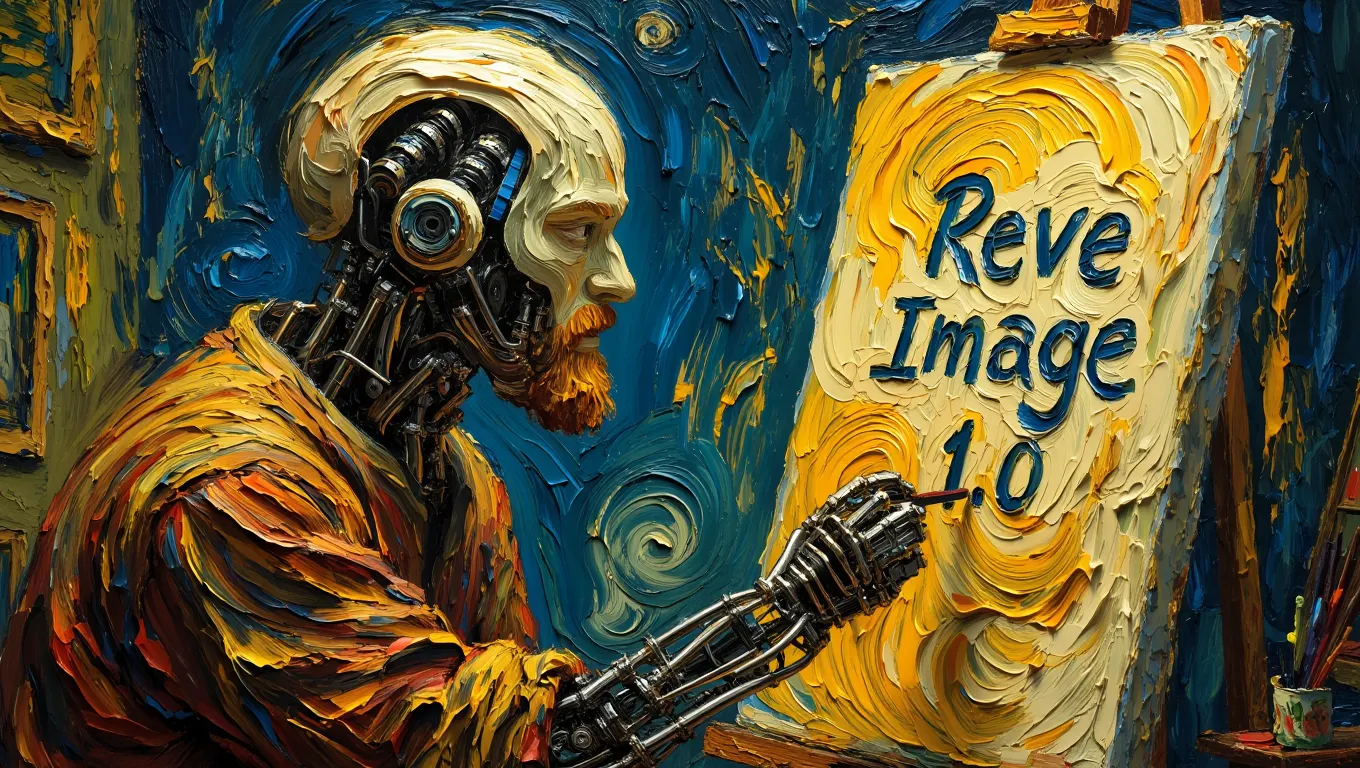
FEATURED POSTS
-
GretagMacbeth Color Checker Numeric Values and Middle Gray
The human eye perceives half scene brightness not as the linear 50% of the present energy (linear nature values) but as 18% of the overall brightness. We are biased to perceive more information in the dark and contrast areas. A Macbeth chart helps with calibrating back into a photographic capture into this “human perspective” of the world.
https://en.wikipedia.org/wiki/Middle_gray
In photography, painting, and other visual arts, middle gray or middle grey is a tone that is perceptually about halfway between black and white on a lightness scale in photography and printing, it is typically defined as 18% reflectance in visible light

Light meters, cameras, and pictures are often calibrated using an 18% gray card[4][5][6] or a color reference card such as a ColorChecker. On the assumption that 18% is similar to the average reflectance of a scene, a grey card can be used to estimate the required exposure of the film.
https://en.wikipedia.org/wiki/ColorChecker
(more…)
-
Black Body color aka the Planckian Locus curve for white point eye perception
http://en.wikipedia.org/wiki/Black-body_radiation

Black-body radiation is the type of electromagnetic radiation within or surrounding a body in thermodynamic equilibrium with its environment, or emitted by a black body (an opaque and non-reflective body) held at constant, uniform temperature. The radiation has a specific spectrum and intensity that depends only on the temperature of the body.
A black-body at room temperature appears black, as most of the energy it radiates is infra-red and cannot be perceived by the human eye. At higher temperatures, black bodies glow with increasing intensity and colors that range from dull red to blindingly brilliant blue-white as the temperature increases.
(more…)





